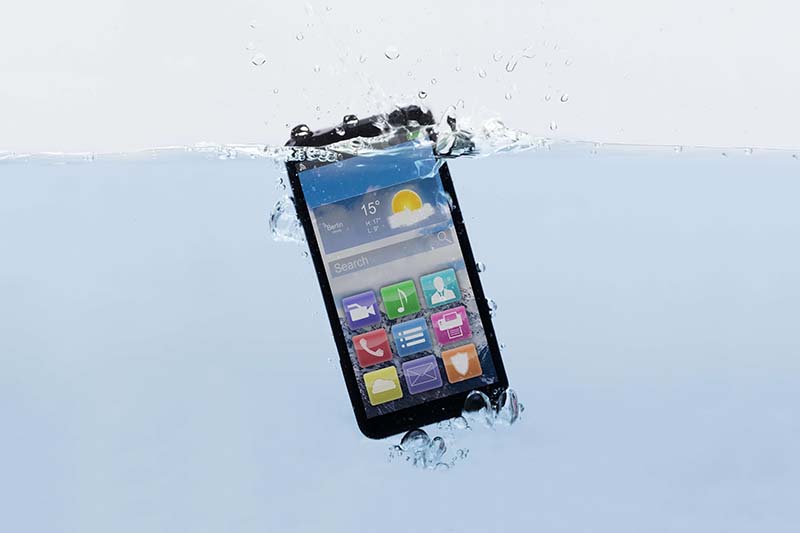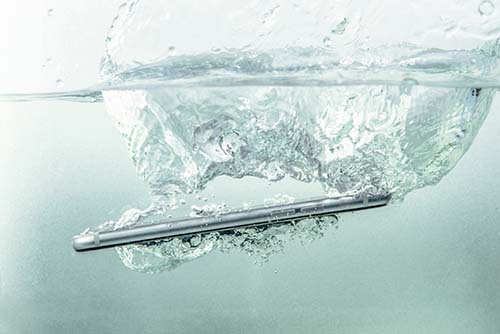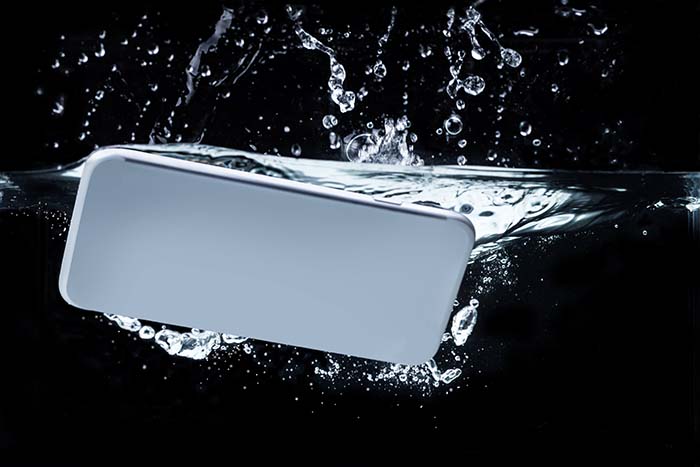What to Do if You Dropped Your Phone in Water (or Toilet!)
07 March 2024
Table of contents:
- 1. Can a phone survive being dropped in a toilet?
- 2. How long should I keep my phone in rice after dropping it in the toilet?
- 3. What to do if you drop your phone in the toilet and don't have rice?
- 4. How long does it take for water to damage a phone?
- 5. Will a phone still work if dropped in water?
- 6. How do you get water out of phone speakers?
- 7. How do you get water out of a phone charging port?
Protect Your Bubble does not guarantee any steps detailed below will fix your device(s). Any steps followed are done so at your own risk, Protect Your Bubble is not liable for any damages arising from any action or decision taken from reading this content. Damage or breakdown occurring before the policy start date is not covered.
How to fix a phone with water damage

If your phone has sustained water damage, it may be possible to save it, provided you act swiftly.
Get the phone out of the water ASAP. The quicker you retrieve the device, the less time the water has to permeate the sensitive components in your phone, which should mean less damage.
Some people have seen success trying the below methods:
What to do if you drop your phone in a toilet

As unappealing as it may sound, don some gloves to retrieve the phone straight away to limit water exposure and damage.
Is there such a thing as a waterproof phone?
What is the difference between waterproof and water-resistant?

How to protect your phone in the future
Paying a monthly fee could protect you against the costs associated with repairing or replacing a damaged, stolen or lost device all in one hit. Check out Protect Your Bubble to see if the policy suits your needs and requirements.
* Loss cover optional. Underwriter Assurant General Insurance Limited. Gadget age restrictions, T&Cs and excesses apply. Customer UK 18+.
Protect Your Bubble does not guarantee any steps detailed in this guide or the FAQs below will fix your device(s). Any steps followed are done so at your own risk, Protect Your Bubble is not liable for any damages arising from any action or decision taken from reading this content. Damage or breakdown occurring before the policy start date is not covered.
Some people have seen success using a hairdryer on low heat, rice or silica gel sachets.
Different phone models may have specific recommendations from their manufacturers. Before using any solution or method, consult your phone's manual or the manufacturer's website.
Alternatives to rice for drying phones include:
- Other types of food – Couscous pearls, oatmeal, and cat litter also work as suitable alternatives as they share the similar absorbent properties of rice.
- Drying under a desk light
- Placing in an airing cupboard or using a hairdryer on low heat
Different phone models may have specific recommendations from their manufacturers. Before using any solution or method, consult your phone's manual or the manufacturer's website.